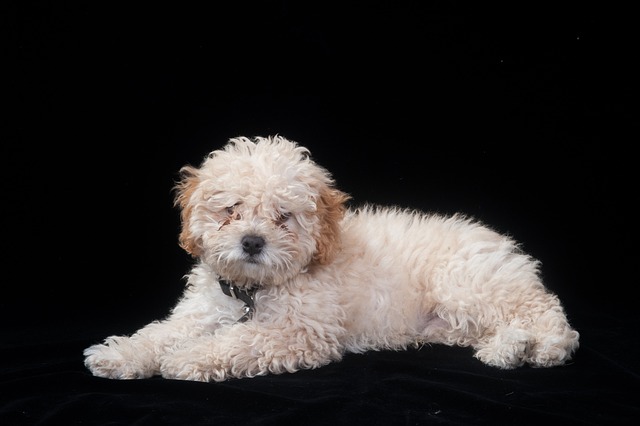
How do i train my dog to be obedient?
Watching your dog dart across the park ignoring your calls isn’t just frustrating—it can put them at risk near busy streets or public spaces.
Teddy bear puppies, with their squishy faces and fluffy coats, melt hearts easily—but when it comes to potty training, their cute exterior doesn’t always translate to smooth sailing. These mixed breeds, often a cross of Shih Tzu and Bichon Frise, bring their own quirks to the process, blending traits from both parent breeds.
Size plays a role here. Their small bladders mean they can’t hold it as long as larger puppies, needing more frequent trips outside—sometimes every 2 to 3 hours. This can feel like a lot, especially for first-time owners, but consistency turns those frequent breaks into a routine they’ll learn to anticipate.
Positive reinforcement works wonders. A tiny treat or excited praise when they go in the right spot sticks in their memory better than scolding. Many owners in cities like Toronto swear by bell training—hanging a bell by the door and tapping it before each outing. Soon enough, the puppy learns to nudge it themselves when they need to go, a handy trick in apartment living.
 Timing is everything. After naps, meals, or playtime, head out immediately. You’ll start noticing their telltale signs—sniffing the floor, circling—clues that mean it’s go-time. Missing these cues often leads to accidents, which are normal but need calm cleanup; harsh reactions can make them afraid to go in front of you.
Timing is everything. After naps, meals, or playtime, head out immediately. You’ll start noticing their telltale signs—sniffing the floor, circling—clues that mean it’s go-time. Missing these cues often leads to accidents, which are normal but need calm cleanup; harsh reactions can make them afraid to go in front of you.
Legal notes matter too. In places like Scotland, letting a dog foul public spaces without cleaning up can earn you a fine, so carrying poo bags becomes second nature during training. In parts of Australia, unruly pets disturbing neighbors might face complaints, making reliable potty habits as much about community harmony as home hygiene.
Patience is key. Some teddy bear puppies catch on in weeks, others take a few months. Their stubborn streak, inherited from Shih Tzus, might mean occasional slip-ups even after they seem trained. Stay consistent with the routine, and avoid switching up their potty spot—familiarity helps reinforce good habits.
By the time they’re 6 months old, most will have the hang of it. Those early mornings and midnight runs? They’ll fade, replaced by a pup who trots to the door when nature calls. With a little persistence and a lot of treats, potty training your teddy bear puppy becomes just another step in building that unbreakable bond.

Watching your dog dart across the park ignoring your calls isn’t just frustrating—it can put them at risk near busy streets or public spaces.

New puppy owners often find themselves rushing to clean up accidents before they set in, and that’s where puppy pad training becomes a game-changer.

If you've noticed your dog's waistline disappearing and your veterinarian has mentioned those few extra pounds, your first instinct might be to simply reduce the amount of food in their bowl.

Training a dog to use a designated spot indoors isn’t as daunting as many new owners fear, but it does take consistency and an understanding of your pet’s needs.

That moment of dread on a walk is all too familiar for many new dog owners. You see another dog approaching down the sidewalk of your neighborhood

If the sight of another dog on your neighborhood walk makes your heart sink as your own dog erupts into a frenzy of barking and lunging, you're not alone.